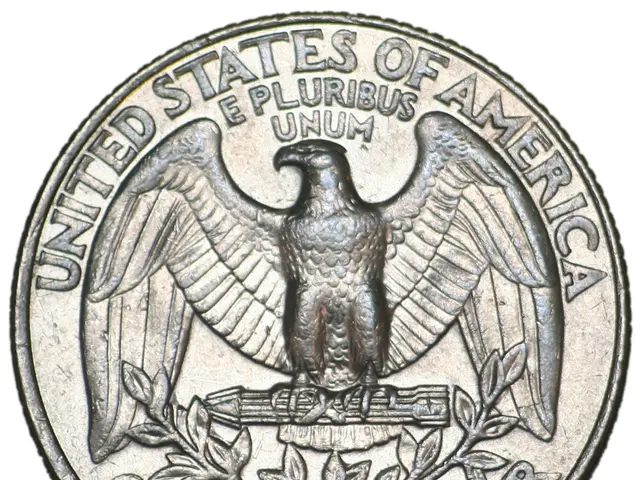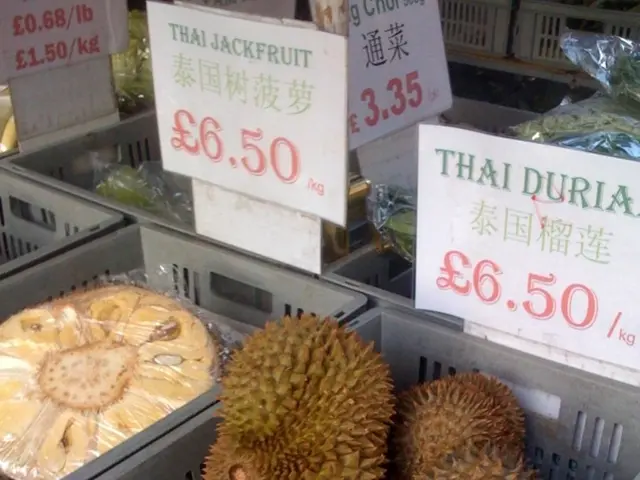Procter & Gamble (PG) is stepping up its climate game with new goals aimed at slashing emissions across its value chain, from raw materials to retail. This shift is a key part of their Climate Transformation Action Plan, which targets the company's entire carbon footprint, including supply chain and logistics emissions.
Why focus on the supply chain and logistics emissions? These emissions are a whopping ten times higher than PG's own output. Ignoring this aspect would make it nearly impossible for the company to significantly reduce its overall carbon footprint. Jack McCartney, P&G's vice president for global sustainability, summed it up: "Climate change isn't in the future; it's here and now."
But cutting supply chain emissions isn't easy. Many of the tools and technologies needed to reduce Scope 3 emissions (emissions from the entire life cycle of a product, from raw materials to end-of-life) haven't even hit the market yet. As Chief Sustainability Officer Virginie Helias put it, "We probably don't have all the solutions yet, but we're determined to find them."
To meet its targets, PG is employing a science-based approach, working on carbon-neutral technologies and developing innovative ingredients and materials. The company is collaborating with tech startups to integrate sustainable solutions into its production processes, like Twelve, which converts CO2 emissions into useful ingredients using water and renewable energy.
PG is also tackling the negative impact of its palm oil and pulp sourcing on forests. Forests play a crucial role in fighting climate change by naturally storing massive amounts of carbon. According to the International Union for Conservation of Nature, forests absorb about 2.6 billion tons of CO2 each year – approximately one-third of the CO2 released from burning fossil fuels.
PG is committed to ensuring that no trees are logged in its supply chain and that all wood-based materials come from sustainable sources. Helias emphasized, "For every tree felled, at least one new tree should be planted."
However, PG's carbon footprint isn't only affected by its own operations. The vast majority of its emissions come from consumers using its many products. To tackle that challenge, PG is educating customers about sustainable practices, such as washing clothes in cold water, as part of its Tide campaign.
PG is also partnering with external organizations, like the UN's Race to Zero and Business Ambition for 1,5°C campaigns, and the World Economic Forum's CEO Climate Leaders Alliance.
Helias summed up the challenge: "The climate crisis is urgent, difficult, and much bigger than any single company or individual." Despite the immense challenge, PG is clearly in it to win.








